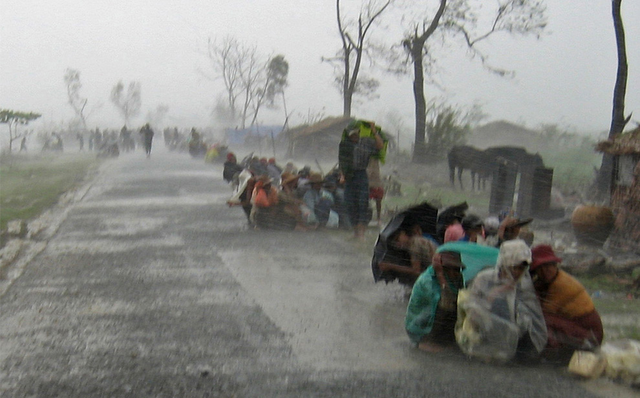The King James Version of the Bible is published for the first time in London, England, by printer Robert Barker.
The King James Version of the Bible, also known as the KJV or the Authorized Version, is an English translation of the Christian Bible. It was first published in 1611 by the Church of England and has since become one of the most widely used and influential translations of the Bible in the English-speaking world.
The KJV was commissioned by King James I of England and was translated by a team of scholars from the Church of England. The translation was based on earlier English translations of the Bible, as well as the original Hebrew and Greek texts.
The KJV is known for its poetic language and for its influence on English literature and culture. It has been praised for its beauty and literary quality, and it has been used as a source of inspiration by many writers and artists.
Despite its popularity, the KJV is not without controversy. Some scholars have criticized its accuracy and pointed out that more recent translations of the Bible are based on more reliable manuscripts and are better suited to modern readers. Nonetheless, the KJV remains a beloved and influential translation of the Bible.


